Media | Articles
5 reasons to adopt orphan project cars
Walk the aisles of your local pick-a-part, or scroll the seemingly endless pages of projects listed for sale on the internet, and you’ll find plenty of cars just waiting for a new home. Decades of market forces have shaped the roster of cars that have survived this long. There’s a certain safety in going with the grain—relatively generous parts supply, aftermarket options, a knowledgable and engaged community—but going the other direction with a particularly rare or unloved model has its own rewards. Here are five reasons to adopt a car from an orphan brand:
Forces you to better understand your car
Parts availability often trends with popularity and production numbers. That means that while those who love Chevrolet Chevelles are spoiled by the ability to procure just about any part or piece they might need to keep their car on the road. Someone with an AMC Javelin is often left to sort out how new and old parts might play nice together.
This doesn’t have to be a bad thing. Mainstream bolt-on kits often make meaningful compromises, and the simplicity of a one-stop shop means the installer doesn’t need to be terribly scrutinizing. In absence of such easy solutions, we might more clearly think through what we are trying to build and not get distracted by low-hanging fruit.
You’ll become a member of the community by necessity
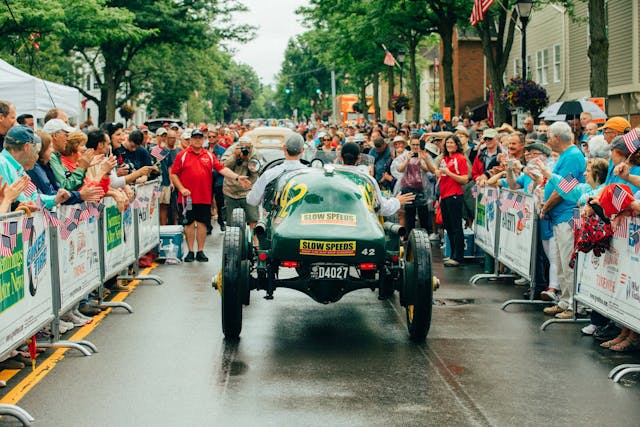
Lived experience is a powerful thing. Usually, the most valuable resource for someone working on a given car is to talk with the people who have been doing it for much longer. Our knowledge and understanding of how our cars work changes over time, as well as changing with the technologies at hand, so not everything should be taken as gospel (look no further than a lot of performance modification books from decades ago) but there is incredible experience to mine from those who have tread the path before us. It’s probably possible to restore a first-generation Mustang without engaging with anyone else, but doing the same with a basket-case Nash? A lot tougher, and a few savvy Nash friends will make your journey a lot richer.
It’s impossible to hide
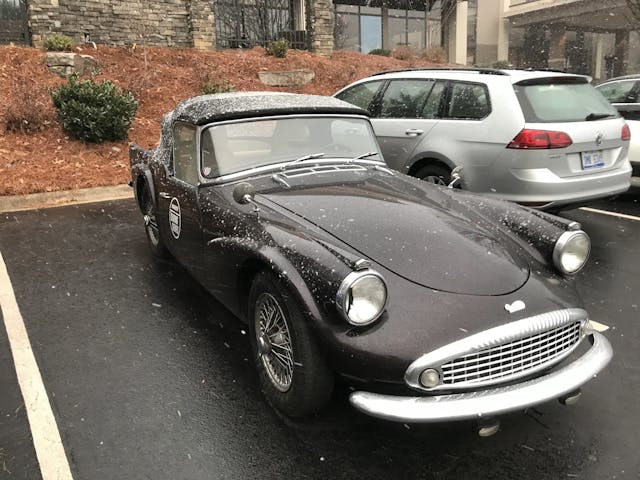
It’s fun to be known for something, especially if you can pick what it is. “Steve? The guy really into rotary NSUs?” Or “Alex? The Studebaker nut?” Just about any old car will stand out in modern traffic, but an orphan of years gone by is likely to draw even more attention. People just don’t know what they are. The rarer it is on the road, the more likely it is to draw comments and conversation at every fuel-up or parking lot. Not everyone wants to become the center of attention wherever they go, but it can be to have your work in keeping history on the road foster human connections.
Marketplace
Buy and sell classics with confidence
Event eligibility
If you like driving your car and attending tours and events, an off-beat or otherwise unusual car can be your ticket into exclusive gatherings that run-of-the-mill cars will not be allowed access. Driving tours and large shows typically have to cap entry, often favoring interesting or unique cars so as to avoid a parade of too-similar vehicles. One example: The Colorado Grand “is open to racing cars and sports cars of distinction built in 1960 or before.” That means Peerless GTs are as welcome as Mercedes-Benz SL Gullwings or Shelby Cobras. One of those is available on a blue-collar budget, while the other two are, well, not.
The barrier to entry is typically lower

Speaking of prices, take a scroll through your favorite classifieds site. It doesn’t take long to suss out that defunct brands generally trade at lower value than those from, say, the Big Three. Your dollar often goes further if your are agnostic as to the grille badge. For the price of an entry-level but popular car, you can sometimes nab the top trim of a more obscure car. While others may spend time and money up-badging or even up-restoring (think of all the Chevrolet 150s that became Bel Airs over the years) it can be satisfying to have piece of history that requires no asterisk. Not to mention the fatter parts budget.
Are there downside that come with choosing the path less traveled? Of course. It’s harder, for one, but the upsides should not be ignored. An oddball car might send you on an adventure that benefits not only you but helps preserve a small part of car culture that would have otherwise faded away.
Now if you’ll excuse me, I have motorcycles to haul and a space in my driveway for a Studebaker pickup to do the grunt work. It’s out there somewhere.

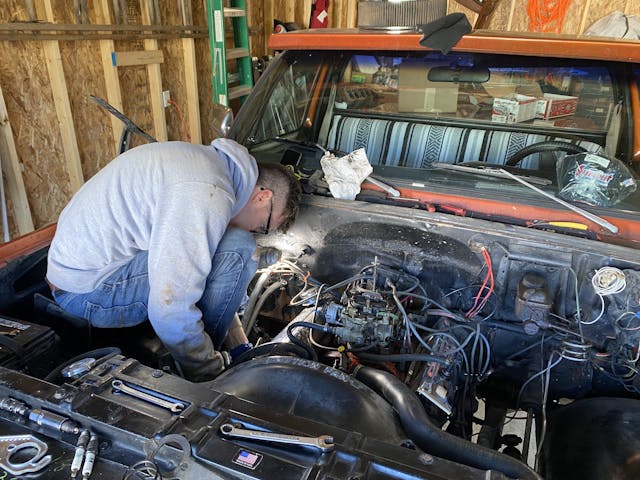








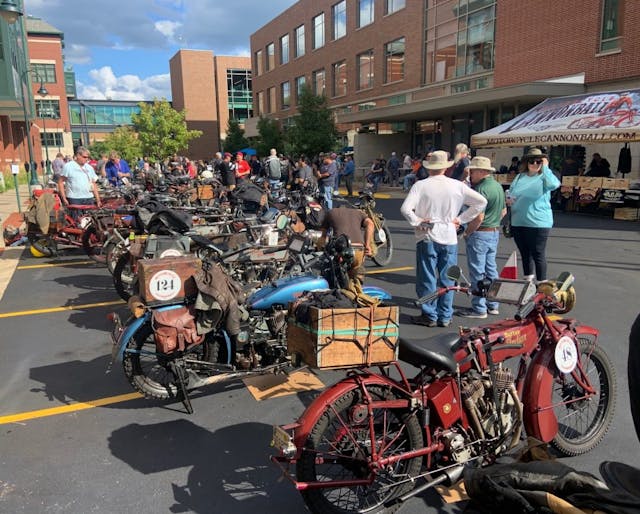



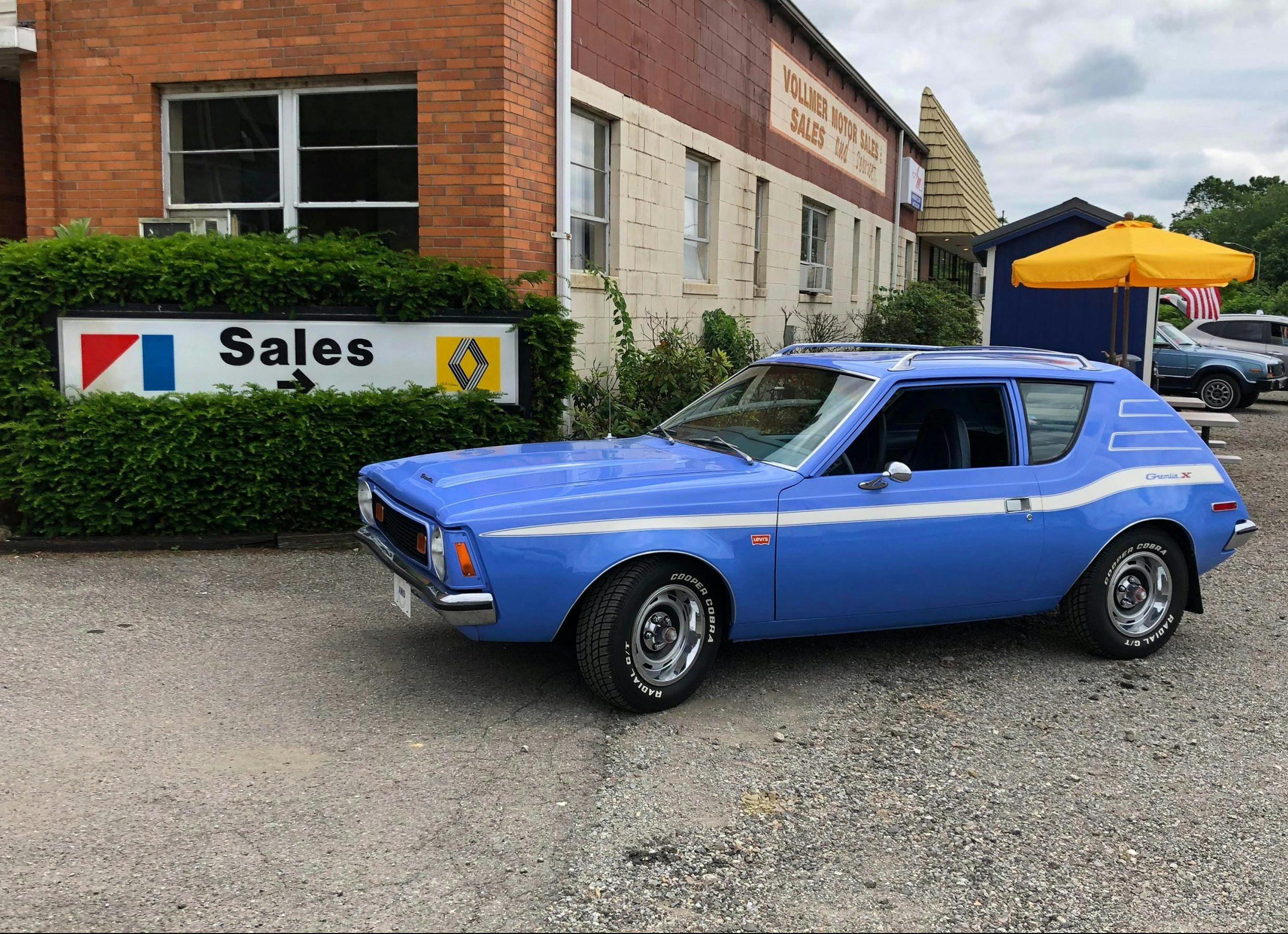
My garage is graced with two Fiat Topolinos (one a 500B woodie), three Renault 4CVs (one a one of one 56 convertible) and a Bugeye Sprite. Does that say something about my predilection for the unusual? And yeah, a couple of BMW 2002s…
Although there is a large VW Beetle community, my 79 Super Beetle is somrthing of an orphan, because it was built after the California smog regulations came in, requiring any smog-reducing equipment to be on the engine, no matter what modifications might have otherwise been made. That fuel-injected flat-4 air cooled engine is an unrighteous kluge, and several parts are simply not being made, at least they are unobtainium on the WWW.
That being said, digging into those parts (start injector being the primary one at the moment) has been rewarding, if, at times, being scary.
I agree on restoring orphans and rare name brand cars. There is a satisfaction to making or finally finding a
part. It also hones your ingenuity and mechanical ability to complete cars that are rare. I completely restored a rare 1916 H 2 1/2 Royal Mail Chevrolet (4 known) and now finishing a 1922 Earl touring (5 known?). Satisfaction in saving history.
I’ve got 3 cars, one of them is a 1968 Pontiac lemans convertible. It will be a restomod with Pontiac power, 428 I already have. The 1968-72 A bodies have tons of of parts resources aftermarket and used, granted the aftermarket parts have big issues. It had floor pan, trunk pan and rear wheel well fender issues because it’s a convertible. If I didn’t have welding abilities and everything needed it would be a money pit. I also know it being a less collectible and valuable car I have felt more comfortable doing the work and have constantly improved my welding and fabrication skills. The other 2 cars are 1962 Pontiac Grand Prix, running and very little rust and a 1970 Buick GS 455 running with some pretty serious rust. My point is starting with a lower initial investment car to do most of the work with can give you an opportunity to improve or find out fast it’s a waste of time, having someone else do the work will be a money pit because you’ll never get anywhere close the money back so it had better be a very special car to you.
Love the article. Have owned a 966 #18 Avanti II. I’m from an Nash/AMC family and I’ve owned two Metropolitans. And today I take delivery (from Montreal to Traverse City) of a 1968 Citroën 2CV Fourgonnette. Say what? You know the 2-cylinder air cooled panel van. The offbeat and distinctive does indeed draw an audience, but mostly it’s the fun of driving something most people cannot.
Your picture of the Gremlin reminded me of one that a friend bought new when they first came out. To his horror, he discovered that it was almost impossible to drive in the Canadian winter. It was a cute design, but so front heavy that on a slippery surface it would neither steer nor climb even the slightest grade, being a rear wheel drive. The design is perfect for a front wheel drive car, but lethal set on its RWD chassis. The best winter RWD car I ever owned was a 58 Chev Yeoman wagon, 6 cyl with a 2-speed automatic. No dragster, but it would go through snow like it was on dry pavement.
Always had orphans. First car was a ’56 Clipper for $50. I was 15. In high school, I wanted something different. Bought a 5 year old ’65 Marlin. Still have it. Bit of a rebel, I guess. Endured the teasing of the high school common rabble. Restored a ’62 Stude Daytona convert in the ’80’s, for example- should have bought a ’68 Charger instead. Today, have a ’74 Matador coupe, ’60 Edsel and ’58 Stude, among others. I’m guessing 75 or so cars have passed thru my hands. Many were parts cars; you need them for orphans.
If I did it for the money, I would have bought nothing but Mustangs and Camaros… or any Chevy for that matter, except Corvair (and I have one, btw).
Everything is available. Restoration is easier. Selling is doable. There’s no “why would you buy that?”
You may pay less for an orphan, initially, but you pay more in the long run, and you should do most of the work yourself. You will be “in the bucket”, but if you pay others to do work, you’ll be deep, deep in the bucket. Ya better love it. Really love it.
Or love being the car culture iconoclast, and paying for the privilege.
I have a 1960 Wolseley 6/99 which was to be crushed and a 1977 AMC Pacer wagon bought from the original owner. Both perfectly good drivers. Either would be daily drivers if classic car insurance allowed. Yes, sometimes parts are difficult to find, but the successful search is worth it
I have two orphans… a pair of 1985 Maserati Biturbos. It’s fun to show what these cars can be when you make them run and drive better than they did in their time.
I’m always glad to see an Orphan at a show. I like something different and appreciate the effort and love it takes to bring one back to life. That said I could never do one myself since I do not have the patients to do one. It is hard enough even with the more common cars to finish.
Enjoyed your comments, Hyperv6, re the Fiero. I worked at PMD from ’66 to ’86, mainly in the LA Zone. We sold the hell out of the Fiero, but I remember well the resistance from “The Corporation” and Chevrolet regarding what was viewed as Pontiac gettin’ above it’s raisin’, to quote a country song. As you probably know, the Fiero was mostly created out of existing parts, thus making it less expensive to build. The body was fairly cutting edge for the time, but the drive train was same ‘ole same oh. GM never supported the creative efforts of the Pontiac engineering people. It was a miracle that it happened at all. But, of course, this was just another example of Pontiac being held back by “The Corporation” and Chevrolet. There were other examples of this conflict going back to the early DeLorean days.
Studebaker afficionado here, I own three, a 1941 President 4dr., a 1950 Commander 4dr. and a 1955 President Coupe. Great cars and I agree with all your points save one. The price of entry is increasing rapidly. Studebaker prices keep going up and up, particularly for the pickup trucks. Repeatedly you go through this conversation when they ask what it is: Studebaker? Who made them? Studebaker made them. No, I mean what car company? Studebaker was a car company. People can’t get past GM, Ford or Chrysler.
i find the popular cars boring. Like a certain part of the anatomy, everybody has one. I will jog past a row of mustangs, tri five chevys, camaros, etc etc, to look at a so called orphan. They are interesting and different. a previous post said it all. Do it because you love the car, not because you are only in old cars for the investment value.
I work for a gentleman who is mostly in to mainstream Ford products (a collection of Mustangs, Taurus SHO, Escort GT, along with a few Miatas). He recently purchased an ’84 Mercury Marquis Wagon (the smaller one) to modify into a performance touring vehicle. He is installing a 5.0L Coyote V8, 6 speed Tremec manual, an indepent rear suspension with a limited slip rear end, along with other suspension and brake mods. Very unusual and one of a kind Mercury wagon.
Orphan?? Im not sure but I own a first year(97) Boxster. It is kept in pristine condition and driven weekly.